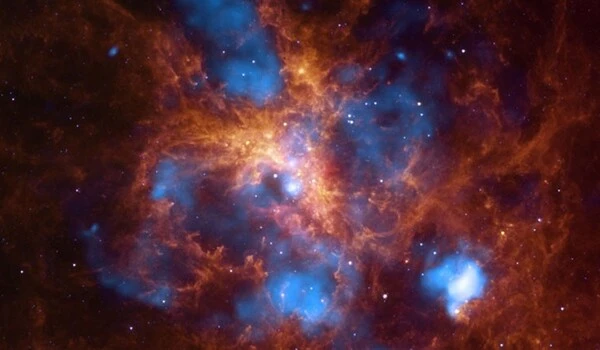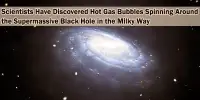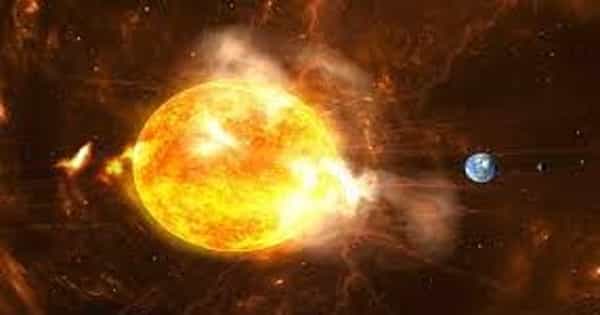While space dust itself is not likely to be a direct indicator of the presence of life, it could potentially provide valuable information for scientists searching for extraterrestrial life. One way that space dust could be useful in the search for life is by studying its composition. Space dust is made up of various elements and compounds that can give clues about the conditions and processes that created it. For example, if scientists were to find organic compounds in space dust, it could suggest that life could exist or has existed in that area.
Some material from an impacted world may be ejected into space as a result of massive collisions, such as asteroid impacts. This material has the ability to travel great distances and for extremely long periods of time. This material could, in theory, contain direct or indirect signs of life from the host world, such as microorganism fossils. And this material may be detectable by humans in the near future, if not already.
You may groan at the thought of having to do housework when you hear the words vacuum and dust in a sentence. However, in astronomy, these words have different meanings. Of course, vacuum refers to the void of space.
The search for life beyond our solar system typically entails looking for signs of communication, which would indicate intelligent life but rule out any pre-technological life. Or the search is for atmospheric signatures that may hint at life, but without direct confirmation, there is always the possibility of an explanation that does not require life.
Professor Tomonori Totani
Dust, on the other hand, refers to a diffuse solid material floating through space. It can irritate some astronomers because it can obstruct their views of distant objects. Or dust could be a useful tool to help other astronomers learn about something distant without leaving the safety of our own planet. Professor Tomonori Totani of the University of Tokyo’s Department of Astronomy has an idea for space dust that may sound like science fiction but deserves serious consideration.
“I propose that we look for potential signs of life in well-preserved grains ejected from other worlds,” Totani said. “The search for life beyond our solar system typically entails looking for signs of communication, which would indicate intelligent life but rule out any pre-technological life. Or the search is for atmospheric signatures that may hint at life, but without direct confirmation, there is always the possibility of an explanation that does not require life. However, if there are signs of life in dust grains, we may not only be certain, but we may also learn soon.”

The basic concept is that large asteroid collisions can eject ground material into space. There’s a chance that some of the rocky material in this ejecta contains recently deceased or even fossilized microorganisms. The size of this material will vary greatly, with different-sized pieces behaving differently in space. Some larger fragments may fall back to Earth or enter permanent orbits around a nearby planet or star.
Furthermore, some much smaller pieces may be too small to contain any verifiable signs of life. However, grains 1 micrometer (one thousandth of a millimeter) in size could not only host a single-celled organism, but they could also potentially escape their host solar system entirely, and under the right conditions, even venture to ours.
“My paper investigates this idea using available data on the various aspects of this scenario,” Totani explained. “The distances and times involved can be enormous, reducing the possibility that any ejecta containing life signs from another world will even reach us. When you consider the number of phenomena in space that can destroy small objects due to heat or radiation, the odds become even lower. Despite this, I estimate that 100,000 such grains may fall to Earth each year. Given the many unknowns, this estimate could be too high or too low, but the means to investigate it already exist, so it appears to be a worthwhile pursuit.”
Such grains may already exist in large quantities on Earth, preserved in places like Antarctic ice or beneath the seafloor. Space dust in these locations could be recovered relatively easily, but distinguishing extrasolar material from material originating in our own solar system remains a difficult task. However, if the search is extended to space, there are already missions that capture dust in vacuum using ultralight materials known as aerogels.
“I hope that researchers from various fields are interested in this idea and begin to investigate the feasibility of this new search for extrasolar life in greater depth,” Totani said.
















